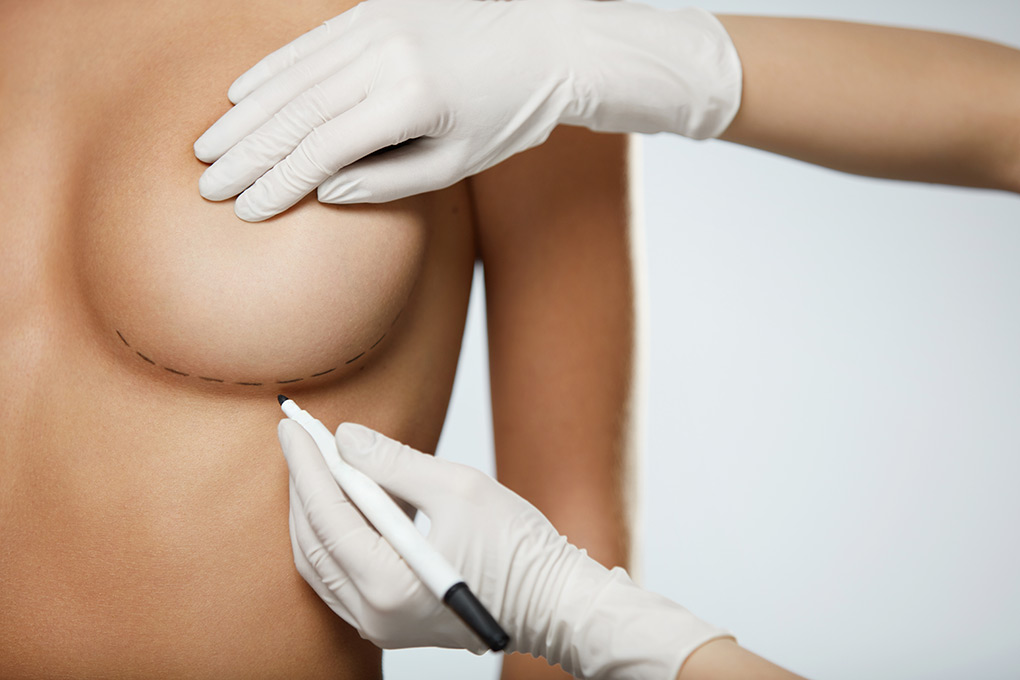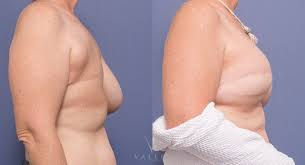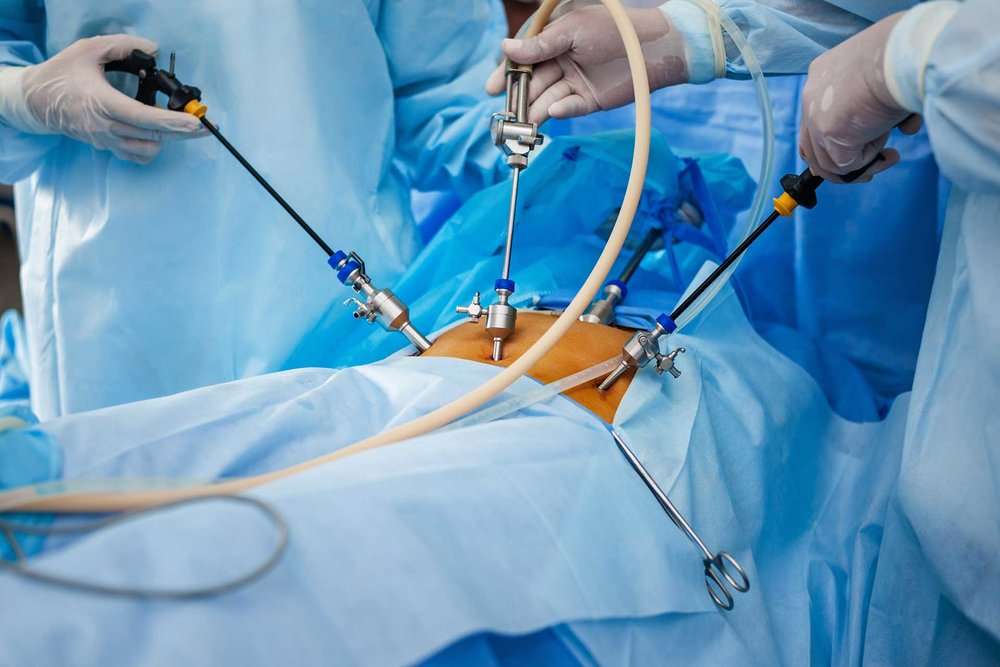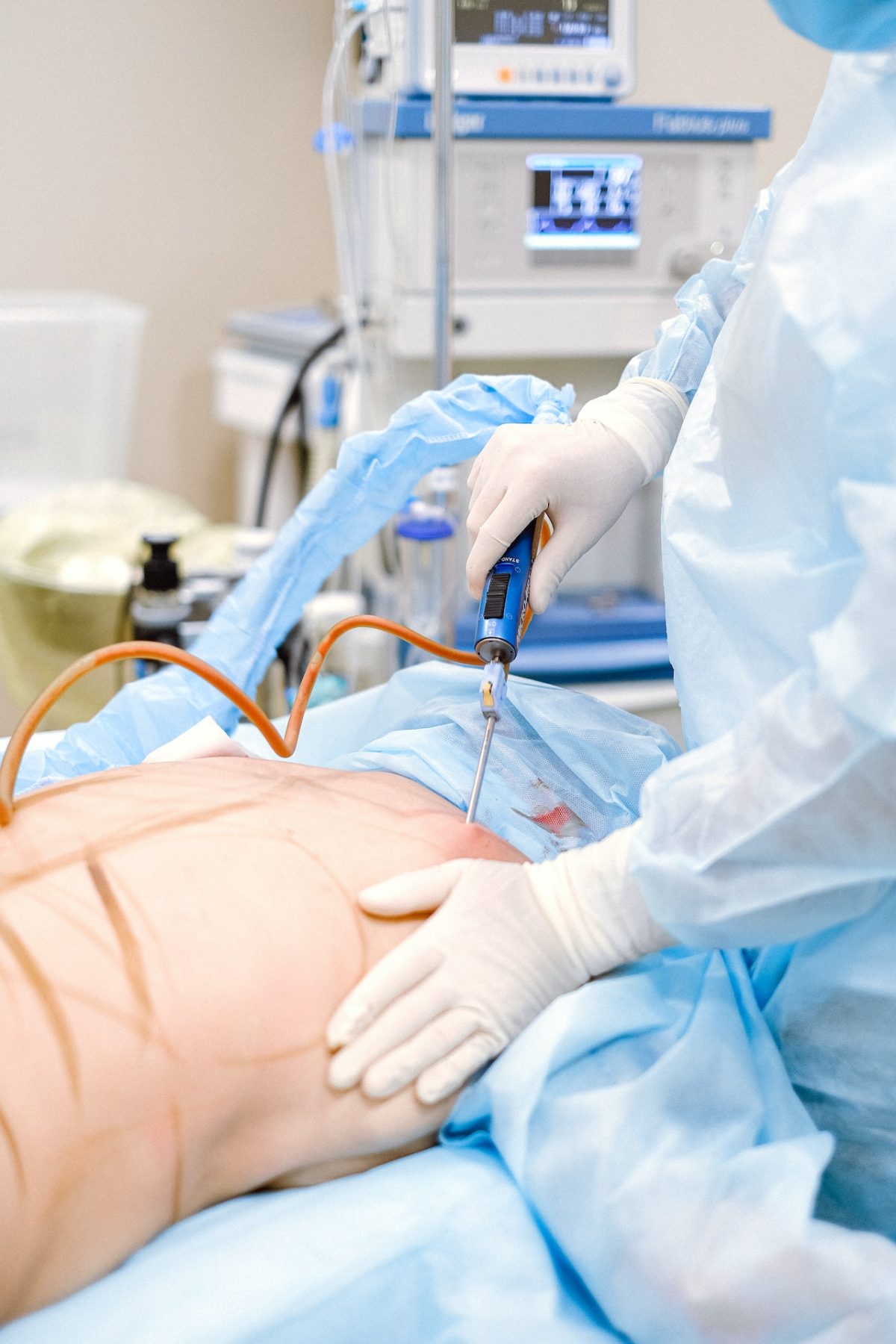Understanding Breast Implant Removal
Health Concerns
Breast implant removal often occurs due to health concerns. Some women experience complications like breast implant illness. Symptoms include fatigue, muscle pain, and cognitive issues. Infections can also arise, leading to the need for breast implant removal once breast implants are placed.
Capsular contracture is another problem. This condition causes scar tissue around the breast implants to harden. It can result in pain and changes in breast shape if the implant breaks, often requiring implant removal plastic surgeons and affecting implant removal recovery.
Personal Choice
Many women choose implant removal for personal reasons. They may no longer desire their implants or prefer a more natural look, as seen in breast reconstruction patients. Changes in lifestyle or body image, breast implants, breast implant safety, and breast implant removal surgery performedhow can also influence this decision.
Aging plays a role too. Over time, implants may shift or sag, prompting some to opt for removal.
Timely Removal
Timely removal or replacement is crucial. Implants are not lifetime devices. The FDA recommends monitoring them regularly. Most implants last 10-15 years before needing attention.
Delaying removal can lead to complications. Ruptures in saline breast implants can cause deflation. Silicone ruptures may be silent but harmful if not addressed, highlighting breast implant safety.
Scar Tissue Removal
Removing scar tissue is often necessary during implant removal surgery. Capsular contracture creates thick scar tissue around the implant. Surgeons must remove this tissue to restore comfort and appearance.
Scar tissue removal can be complex. It requires skilled plastic surgeons to ensure safety and effectiveness.
Procedure Details
Breast implant removal surgery involves several steps:
-
Anesthesia: General anesthesia is typically used.
-
Incision: Surgeons make an incision along the original scar.
-
Implant Removal: Implants are carefully taken out.
-
Scar Tissue Removal: Any problematic scar tissue is excised.
-
Closure: The incision is closed with sutures.
The surgery usually takes 1-3 hours.
Recovery Process
Recovery from implant removal varies by individual. Most patients return home the same day. Pain and swelling are common but manageable with medication.
Patients should follow all post-operative care instructions. This includes avoiding strenuous activities and caring for surgical drains if used.
Full recovery can take several weeks. Regular follow-up visits with the doctor ensure proper healing.
Insurance Coverage
Insurance coverage for breast implant removal varies. Some policies cover it if deemed medically necessary. This includes cases of rupture, infection, or severe capsular contracture.
Patients should check with their insurance providers beforehand. Documentation from a doctor may be required to support the claim.
Preparing for Surgery
Choosing a Surgeon
Selecting the right surgeon is crucial. Look for a surgeon with experience in implant removal. Check their qualifications and certifications. Specialization in breast implant surgery is essential. Ask about their experience with similar procedures.
Read reviews from past patients. They can provide insights into the surgeon’s skills and bedside manner. Ensure the surgeon operates in an accredited facility. This guarantees safety and high standards of care.
Pre-Surgery Consultations
Consultations are vital before any surgical procedure. Discuss your expectations and desired outcomes with your surgeon. They will explain the surgical procedure in detail. This includes risks, benefits, and what to expect during recovery.
Bring a list of questions to your consultation. Ask about the different types of anesthesia used and potential side effects. Understanding these details helps manage anxiety and sets realistic expectations.
Medical Evaluations
Undergo thorough medical evaluations before surgery. Your surgeon will order tests to ensure you are fit for surgery. Blood tests and imaging studies may be required. These evaluations help identify any underlying health issues.
Share your complete medical history with your surgeon. Include information about past surgeries, allergies, and current medications. This information is crucial for planning a safe procedure.
Adjusting Medications
Adjusting current medications might be necessary before surgery. Some medicines can interfere with anesthesia or increase bleeding risks. Your surgeon will provide specific instructions on which medications to stop or adjust.
Common medications that might need adjustment include blood thinners and certain supplements. Follow your surgeon’s guidelines carefully to avoid complications during the plastic surgery procedure.
Pre-Operative Preparations
Prepare for surgery by following all pre-operative instructions given by your surgeon. These may include fasting before the procedure and avoiding certain foods or drinks. Arrange for someone to drive you home after the surgery since you won’t be able to drive yourself.
Purchase any necessary supplies ahead of time, such as a surgical bra or comfortable clothing for recovery. Having everything ready at home can make the recovery process smoother.
Emotional Preparation
Emotional preparation is just as important as physical preparation. Understand that feeling nervous or anxious is normal. Talk to friends or family members who have undergone similar procedures for support.
Consider talking to a counselor if you feel overwhelmed. They can help you manage stress and anxiety related to the upcoming surgery.
Anesthesia Administration
Types of Anesthesia
Different types of anesthesia are used during breast implant removal surgery. General anesthesia is the most common. It renders patients completely unconscious. Local anesthesia with sedation may also be used. This involves numbing a specific area while keeping the patient relaxed but awake. The choice depends on the patient’s health and preferences.
Administering Anesthesia
The anesthesia process begins before the surgery. Patients meet with an anesthesiologist to discuss medical history. This helps determine the safest anesthesia type. On surgery day, the patient is brought to the operating room. An IV line is inserted for medication delivery. For general anesthesia, patients inhale gases through a mask or receive drugs via IV.
Local anesthesia involves injecting numbing medicine directly into the breast area. Sedatives are given through an IV to keep the patient calm. Ensuring patient comfort throughout this process is crucial.
Ensuring Comfort
Patient comfort is a priority during anesthesia administration. The anesthesiologist monitors vital signs closely. This includes heart rate, blood pressure, and oxygen levels. Adjustments are made as needed to maintain stability.
Before starting, patients may receive medications to reduce anxiety. Warm blankets and calming words help ease nerves. During surgery, continuous monitoring ensures that any discomfort is quickly addressed.
Safety Measures
Safety measures are in place to mitigate risks associated with anesthesia. Pre-surgery assessments identify potential complications. Monitoring equipment tracks vital signs throughout the procedure.
An anesthesiologist remains present during the entire surgery. They adjust medications as needed to ensure safety and comfort. Emergency equipment is readily available in case of unexpected reactions.
Post-Surgery Monitoring
After surgery, patients are moved to a recovery room. Here, they gradually wake up from anesthesia under close supervision. Nurses monitor vital signs and manage any pain or nausea.
Patients stay in recovery until they are stable and alert. Instructions for home care are provided before discharge. Follow-up appointments help ensure a smooth recovery process.
Making the Incision
Periareolar Technique
This technique involves making an incision around the areola. The surgeon makes a cut along the edge of the areola, where the darker skin meets the lighter skin. This placement helps to hide scars.
The periareolar technique is suitable for patients with smaller implants. It allows easy access to the implant pocket. Scar tissue can also be removed through this incision.
Inframammary Fold Technique
In this method, the incision is made in the breast fold. This is the crease under the breast where it meets the chest wall. The inframammary fold technique provides good access to the implant.
This location is ideal for larger implants. It also offers a hidden scar that remains out of sight. Surgeons often recommend this technique for its effectiveness and minimal visible scarring.
Transaxillary Technique
The transaxillary approach uses an incision in the armpit area. The surgeon creates a small cut in the natural fold of the armpit skin. This method avoids any scars on the breast itself.
This technique requires high skill and precision. Surgeons use special tools to reach and remove the implant. Patients benefit from no visible scars on their breasts.
Determining Factors
Several factors influence the choice of incision site. The type of implants plays a significant role. Saline implants are often easier to remove through smaller incisions compared to silicone ones.
The presence of existing scar tissue also matters. If there is extensive scar tissue, surgeons may need to choose a different approach. Patient preference and previous surgeries can guide these decisions too.
Surgeon’s Skill
A surgeon’s expertise is crucial in minimizing visible scars. Skilled surgeons use precise techniques to ensure clean cuts and proper healing. They understand how to place incisions strategically.
Minimizing scarring involves careful planning and execution. Surgeons often use fine sutures and advanced closure methods. Post-operative care instructions also help ensure optimal healing.
The Removal Operation
Surgical Process
Surgeons start by carefully removing the breast implant. They often use the same incision made during the initial surgery. This helps minimize additional scarring.
Capsule removal procedure may also be necessary. Scar tissue, or capsule, forms around the implant. Surgeons sometimes need to remove this tissue to prevent complications.
Handling Complications
Complications like silicone leakage are assessed during the operation. Surgeons check for any signs of rupture. If silicone has leaked, they clean the area thoroughly to prevent further issues.
In some cases, a complete capsulectomy is performed. This involves removing both the implant and the surrounding scar tissue. It ensures all leaked material is cleared.
Immediate Reconstruction
After implant removal, immediate breast reconstruction is an option. Surgeons can insert new implants or adjust existing tissue. This helps maintain breast shape and appearance.
e patients opt for a breast lift instead. This removes excess skin and tightens remaining tissue, improving overall contour.
Recovery and Aftercare
Recovery time varies based on the complexity of the surgery. Most patients experience swelling and discomfort initially. Surgeons provide pain management options to ease recovery.
Patients must follow aftercare instructions closely. This includes keeping the surgical site clean and attending follow-up appointments.
Closing the Incisions
Sutures
Sutures are commonly used to close incisions after breast implant removal. They help hold the skin together and promote healing. Absorbable sutures dissolve over time and do not need removal. Non-absorbable sutures require a follow-up visit for removal.
Surgeons often use fine, thin sutures to minimize scarring. They stitch the deeper layers first, then the outer skin. This technique ensures that the wound is secure and reduces tension on the skin.
Adhesives
Adhesives are another option for closing incisions. These medical glues bond the skin edges together. They are less invasive than sutures and can be more comfortable for patients.
Adhesives create a waterproof seal over the incision, protecting it from bacteria. This helps prevent infection and promotes faster healing. The adhesive usually peels off on its own as the wound heals.
Tapes
Surgical tapes can also be used to close incisions. These tapes are strong and flexible, holding the skin together while allowing movement. They are often used in combination with sutures or adhesives.
Tapes help reduce scarring by distributing tension evenly across the wound. They also provide additional support during the healing process.
Drains
Drains may be placed near the incision sites to remove excess fluid. This prevents swelling and reduces the risk of infection. Drains are usually removed within a few days after surgery.
Proper care of drains is essential for preventing complications. Patients must keep the area clean and monitor for signs of infection, such as redness or discharge.
Post-Operative Care
Post-operative care is crucial for successful healing of incision sites. Patients should follow their surgeon’s instructions carefully to avoid complications.
Keeping the incision clean and dry is vital. Avoid submerging it in water until it has fully healed. Gently pat the area dry after washing.
Monitor for signs of infection, including:
-
Redness
-
Swelling
-
Unusual discharge
-
Fever
Contact your surgeon immediately if any of these symptoms occur.
Scar Management
Minimizing scarring is an important aspect of post-operative care. Using silicone sheets or gels can help reduce scar formation. These products should be applied once the incision has fully closed.

Massaging the scar tissue gently can also improve its appearance over time. Follow your surgeon’s advice on when to start massaging and how to do it properly.
What to Expect Post-Surgery
Recovery Time
Expect a recovery period after breast implant removal. Most people feel better within a week. Full recovery can take several weeks. Rest is crucial during this time. Avoid strenuous activities to help the healing process.
Pain and discomfort are common. Pain medications prescribed by your doctor will help manage this. Swelling and bruising usually subside after a few days.
Follow-Up Schedule
Follow-up appointments are essential. The first visit typically occurs within a week of the surgery. Your doctor will check the incisions and overall healing progress.
Additional follow-ups may be scheduled at:
-
Two weeks post-surgery
-
One month post-surgery
-
Three months post-surgery
These visits ensure there are no complications and that you are recovering well.
Monitoring Complications
Monitoring for complications is important. Watch for signs of infection or other issues. Redness, warmth, or unusual swelling around the incision site could indicate an infection.
If you experience fever, chills, or severe pain, contact your doctor immediately. These symptoms require prompt medical attention.
Signs of Infection
Recognize signs of infection early. Symptoms include:
-
Redness around the incision
-
Pus or discharge from the wound
-
Increased pain or swelling
Seek medical help if these symptoms occur. Early treatment prevents serious complications.
Recovery and Care
Activity Restrictions
Patients need to rest for a few days after the surgery. Avoid strenuous activities during this time. Light walking is encouraged to help blood circulation. Lifting heavy objects should be avoided for at least two weeks. Follow the provider’s advice on when to resume normal activities.
Pain Management
Pain is common after implant removal. Providers usually prescribe pain medications. Over-the-counter pain relievers like ibuprofen can also help. Ice packs can reduce swelling and discomfort. Always follow the provider’s instructions for medication use.
Follow-up Appointments
Follow-up appointments are crucial. These visits allow the provider to check the healing process. Expect the first follow-up within a week of surgery. Additional appointments may be scheduled in the following weeks. Timely follow-ups ensure any complications are addressed early.
Supporting Healing
Proper care supports healing. Keep the surgical area clean and dry. Follow any specific instructions from your provider about wound care. Wear a support bra as recommended to provide stability. A healthy diet rich in vitamins and proteins aids recovery.
Emotional Adjustment
Adjusting to life without implants can be emotional. Seek support from friends, family, or support groups. Some patients may experience changes in body image perception. Professional counseling can help if needed.
Closing Thoughts
Understanding the breast implant removal procedure helps you make informed decisions about your health. Each step, from preparation to recovery, is crucial for a smooth and successful experience. Trust your medical team and follow their advice closely.
If you’re considering this surgery, prioritize your well-being. Stay informed, ask questions, and take charge of your care. Ready to take the next step? Consult with a qualified surgeon today to discuss your options and get personalized guidance. Your health journey is important—make it count!
Frequently Asked Questions
What is breast implant removal?
Breast implant removal is a surgical procedure to take out previously inserted breast implants. It can be done for various reasons, including complications or personal preference.
How should I prepare for breast implant removal surgery?
Preparation involves medical evaluations, stopping certain medications, and arranging for post-surgery care. Follow your surgeon’s specific instructions to ensure a smooth process.
What type of anesthesia is used during the procedure?
General anesthesia is commonly used, ensuring you are asleep and pain-free during the surgery.
How long does the breast implant removal operation take?
The procedure usually takes 1 to 3 hours, depending on complexity and whether additional procedures like a lift are performed.
What happens during the incision phase of the surgery?
The surgeon makes an incision, often along the same lines as the original surgery, to access and remove the implants.
What should I expect immediately after surgery?
You may experience swelling, bruising, and discomfort. Your surgeon will provide pain management options and post-op care instructions.
How long is the recovery period after breast implant removal?
Recovery typically takes several weeks. Follow your surgeon’s guidelines on activity restrictions and care to ensure proper healing.



















